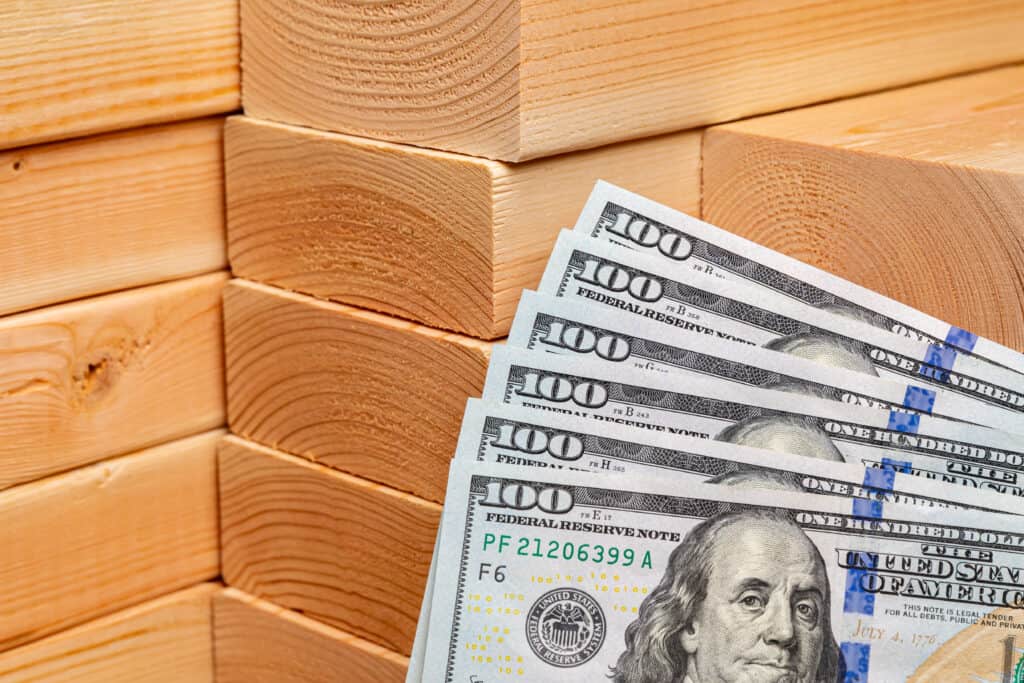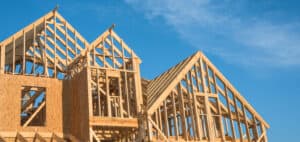Soaring Materials Costs Affecting Real Estate

There are some factors converging in the real estate market right now that are putting home prices at an all-time high. In fact, home prices are so high and bidding wars so common that a lot of buyers are waiting for things to settle down a bit, although we don’t know when that’s going to happen.
So, what’s behind the increasing home prices around the country?
There’s limited supply and increased demand, coupled with extremely high costs for building materials. That’s putting a limit on what new home builders can do right now, and a lot of current homeowners aren’t willing to sell.
Home Price Inflation
Home price inflation peaked last year at 11.4%, and the estimates for anticipated average price growth were recently revised upward to 8.1% in 2021 and 5% in 2022. By 2023, price growth is expected to reach 4%. That’s below the 20-year average but still is moving faster than other measures of inflation.
That does mean there will be a slowdown at some level as far as home price inflation based on analyst expectations, but not all that much.
The Price of Lumber
 One of the big issues affecting the availability of new homes and the real estate market is how expensive products like lumber are, as well as being hard to find. There was a lumber shortage triggered by the pandemic. According to the National Association of Home Builders, lumber prices have gone up more than 200% since April 2020.
One of the big issues affecting the availability of new homes and the real estate market is how expensive products like lumber are, as well as being hard to find. There was a lumber shortage triggered by the pandemic. According to the National Association of Home Builders, lumber prices have gone up more than 200% since April 2020.
The price per board feet went up past $1,00 in April, while it was less than $500 in June 2020.
Experts in the lumber industry don’t know when the prices might come down. For example, representatives from Capital Economics recently said they think lumber prices will fall over the next 18 months. The demand for lumber should hold for a while, but the supply should, according to their analysis, go up, and prices should go down by the end of 2022.
The reasons they believe this could be the trend include increased domestic production of lumber and fewer quarantine measures. There could also be more truck drivers because of increased hiring and wages, which would help take care of some of the logistical issues affecting lumber.
How Lumber is Adding to Home Prices
The rise in lumber prices has now added almost $36,000 to the price of the average single-family home. It’s added nearly $13,000 to the market value of a new construction multi-family home.
Lumber isn’t just used in the framing of a home. It’s also used to make doors, flooring, windows, and cabinets, affecting almost every aspect of home construction and, by extension, the real estate market.
Some home builders have to slow production because of the high costs of materials, but at the same time, they also want to keep up with demand.
Along with lumber, the price of gypsum is up almost 7% from last year, which is drywall.
Steel prices are up 18% year-over-year, which is used for beams and wiring. Copper is up 27%, which is used for wiring.
Then, there’s the price of land.
To buy a single lot is 11% higher this year compared to last. New lot supply has gone down 20% from last year. There’s a huge land grab as builders are trying to keep up with demand.
What all of this means is that buyers are going to continue to see extraordinarily high prices for at least the foreseeable future unless there’s a major shift.
A quick update on the pricing of lumber:
The long-term effects of unknown pricing of all kinds of material, the supply chain disruption for building goods, the difficulty in finding good building land, and the additional cost of construction labor will mean higher costs for a new hom
